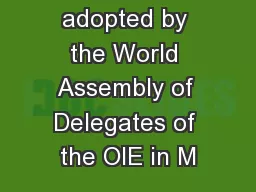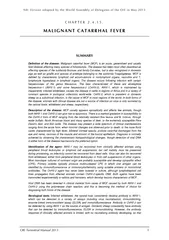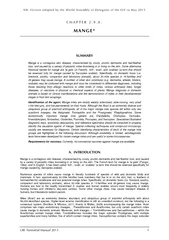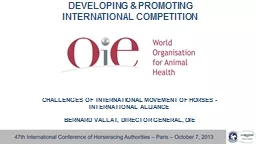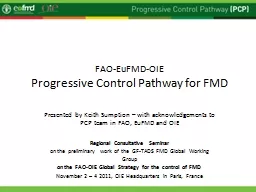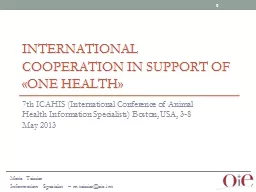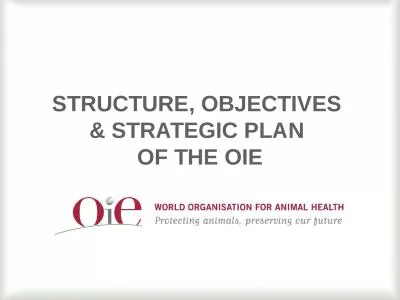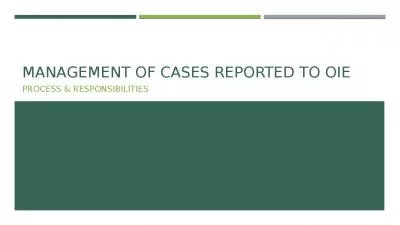PDF-NB: Version adopted by the World Assembly of Delegates of the OIE in M
Author : alida-meadow | Published Date : 2016-06-01
DUCK VIRUS ENTERITIS Duck virus enteritis or duck plague is an acute contagious infection of ducks geese and swans order Anseriformescaused by an alphaherpesvirus
Presentation Embed Code
Download Presentation
Download Presentation The PPT/PDF document "NB: Version adopted by the World Assembl..." is the property of its rightful owner. Permission is granted to download and print the materials on this website for personal, non-commercial use only, and to display it on your personal computer provided you do not modify the materials and that you retain all copyright notices contained in the materials. By downloading content from our website, you accept the terms of this agreement.
NB: Version adopted by the World Assembly of Delegates of the OIE in M: Transcript
Download Rules Of Document
"NB: Version adopted by the World Assembly of Delegates of the OIE in M"The content belongs to its owner. You may download and print it for personal use, without modification, and keep all copyright notices. By downloading, you agree to these terms.
Related Documents

